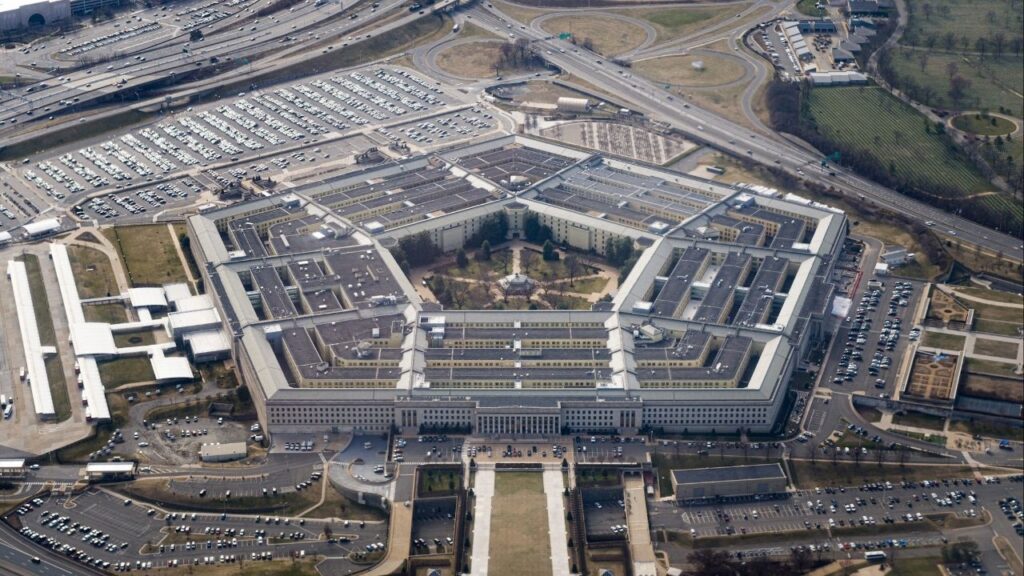Share
|
Getting your Trinity Audio player ready...
|
Hydrologists measure large amounts of water in acre-feet — an acre of water one-foot deep, or 326,000 gallons.

Dan Walters
CalMatters
Opinion
In an average year, 200 million acre-feet of water fall on California as rain or snow. The vast majority of it sinks into the ground or evaporates, but about a third of it finds its way into rivers. Half of that will eventually flow into the Pacific Ocean.
That leaves approximately 35-40 million acre-feet for human use, with three-quarters being applied to fields and orchards to support the state’s agricultural output, and the remaining quarter — 9-10 million acre-feet — being used for household, commercial, and industrial purposes.
In other words, nearly 39 million Californians wind up using about 5% of the original precipitation to water their lawns, bathe themselves, operate toilets, and cook their food.
That number is important because it is such a tiny amount, even though the state’s perennial household water conservation programs imply that taking fewer showers or reducing lawn watering will somehow solve the state’s water problems.
The ludicrous nature of those propagandistic appeals is quite evident in the state Water Resources Control Board’s new plan to force local water agencies into cutting household water use even more, no matter the multibillion-dollar cost, and with penalties if they fail to meet quotas.
The water board says the plan, which was authorized by the Legislature in 2018, would reduce household use by 440,000 acre-feet a year when fully implemented. That would be about 5% of current use, which is only about 5% of average precipitation — scarcely a drop in the bucket.
Plan Draws Criticism
The plan is drawing some well-reasoned criticism from two independent observers, the Legislative Analyst Office, an arm of the Legislature, and the Public Policy Institute of California, the state’s premier think tank.
The LAO, in a report to the Legislature, said the plan “will create challenges for water suppliers in several key ways, in many cases without compelling justifications.”
In essence, the LAO said, local water agencies would have to jump through the state’s hoops by spending billions of dollars for a tiny reduction in overall water use that could have an adverse impact on low-income families.
The PPIC is similarly skeptical, summarizing the plan as “very high cost for little benefit.” PPIC fellows David Mitchell and Ellen Hanak also pointed out its effects on low-income communities and the difficulty it would impose on local governments’ programs to plant and maintain trees as a shield against hot summer weather.
California Needs Updated Water Infrastructure
California does indeed have a water supply problem, mostly because its political leaders for decades have failed to expand the state’s water infrastructure that had been built during the mid-20th century.
Household use is not the problem. It cannot be because it is such a tiny part of the overall water picture and actually has declined, in relative terms, as the state’s population reached 40 million, more than twice what it was when the last major water works were constructed.
The major mismatch of demand and supply occurs in the two largest categories of water use, agriculture, and the environment. Agricultural water agencies and environmental groups have been jousting for decades in the Legislature, in Congress, in courts, and in regulatory agencies such as the water board over how much water farmers can draw and how much should remain in rivers to protect habitat for fish and other wildlife.
That’s the issue that must be resolved by reallocating existing supplies, building new storage, and/or creating new supplies, such as desalination of seawater. Spending billions of dollars to save a few gallons of household water is just an expensive exercise in virtue-signaling that accomplishes virtually nothing.
About the Author
Dan Walters has been a journalist for nearly 60 years, spending all but a few of those years working for California newspapers. He began his professional career in 1960, at age 16, at the Humboldt Times. CalMatters is a public interest journalism venture committed to explaining how California’s state Capitol works and why it matters. For more columns by Dan Walters, go to calmatters.org/commentary.
Make Your Voice Heard
GV Wire encourages vigorous debate from people and organizations on local, state, and national issues. Submit your op-ed to bmcewen@gvwire.com for consideration.

















